
Durga Puja: A Celebration of Culture and Devotion
Durga Puja is one of the most significant festivals celebrated by Bengali Hindus, particularly in the Indian state of West Bengal. This festival holds immense cultural and religious importance, marking the victory of the goddess Durga over the buffalo demon Mahishasura, symbolizing the triumph of good over evil.
Historical Context
The origins of Durga Puja can be traced back to ancient times, with various interpretations and practices evolving over the centuries. The festival has transformed into a grand celebration, particularly in Kolkata, where it has become a major cultural event. In December 2021, UNESCO recognized Durga Puja in Kolkata as an intangible cultural heritage, highlighting its significance and the rich traditions associated with it.
Timing and Duration
Durga Puja is observed in the month of Ashvin according to the Indian lunar calendar, which typically falls in September or October in the Gregorian calendar. The festival spans ten days, with the last five days being the most significant. Each day has its own rituals and significance, culminating in the immersion of the idol of Durga on the final day.
Rituals and Celebrations
The festival is marked by elaborate rituals performed both at home and in public spaces. Public celebrations often feature beautifully decorated temporary structures known as pandals, where the idol of Goddess Durga is placed. These pandals are often artistically designed, showcasing various themes and cultural elements.
Activities During Durga Puja
Durga Puja is not just about religious observance; it is also a time for social gatherings and cultural activities. The festival includes:
- Scripture Recitations: Devotees recite sacred texts and hymns dedicated to Goddess Durga.
- Performance Arts: Various cultural performances, including dance and music, are organized in different pandals.
- Feasting: Traditional Bengali cuisine is an integral part of the celebrations, with families and friends coming together to enjoy festive meals.
- Gift-Giving: Exchanging gifts among family and friends is a common practice during this time.
- Public Processions: The festival culminates in a grand procession, known as a melā, where the idol of Durga is taken for immersion in water bodies.
Regional Celebrations
While Durga Puja is most famously celebrated in Kolkata, the festival is also observed with great fervor in other regions where Bengali communities reside, including Bangladesh, Tripura, Assam, Jharkhand, and Bihar. Each region may have its unique customs and practices, but the core essence of the festival remains the same.
Conclusion
Durga Puja is more than just a religious festival; it is a celebration of culture, community, and the spirit of togetherness. The festival brings people from various backgrounds together, fostering a sense of unity and shared heritage. As it continues to evolve, Durga Puja remains a vital part of Bengali identity and cultural expression.

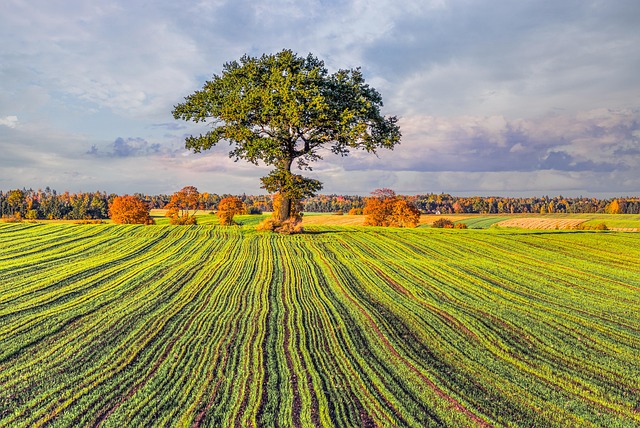
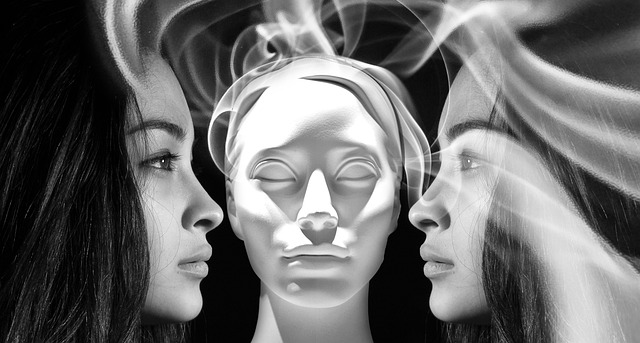
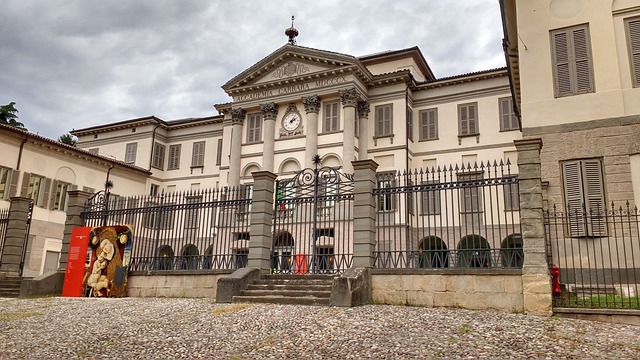


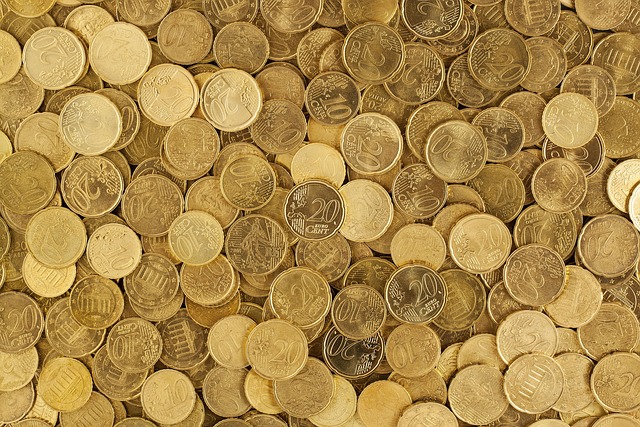
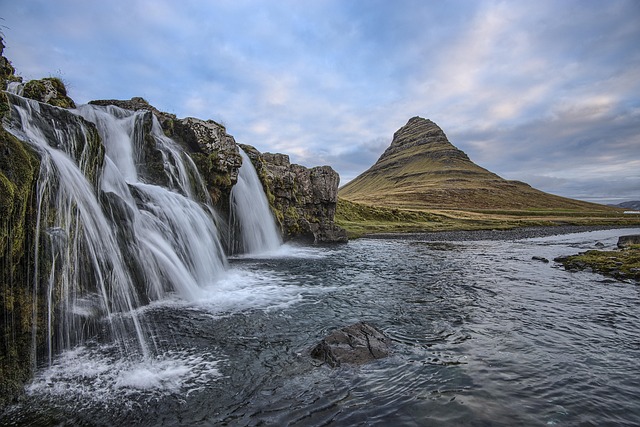
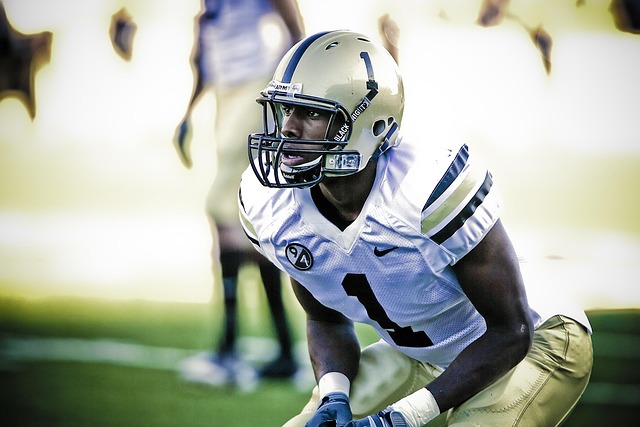


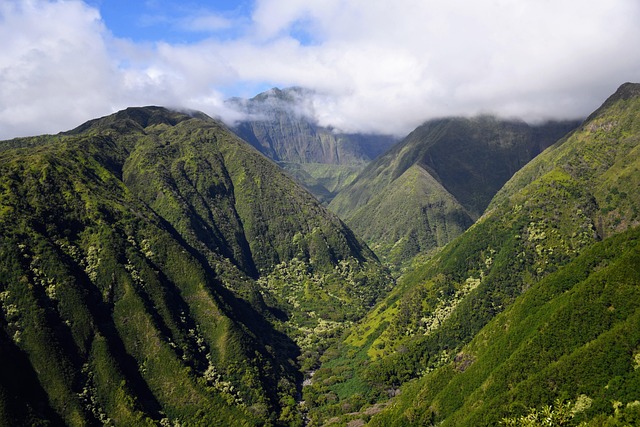

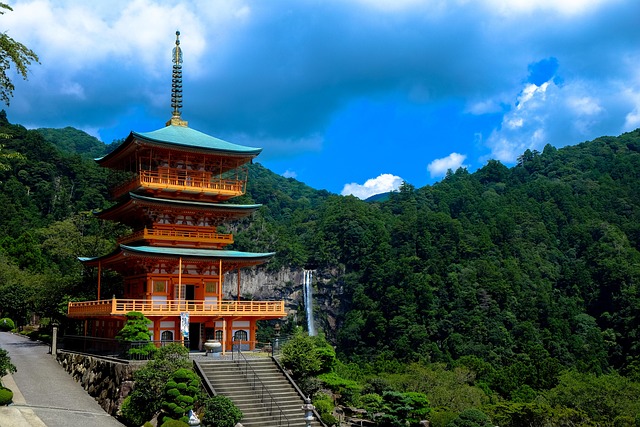



 Gamer's Guide to Pretty Much Everything
Gamer's Guide to Pretty Much Everything 
 Health
Health  Fitness
Fitness  Lifestyle
Lifestyle  Tech
Tech  Travel
Travel  Food
Food  Education
Education  Parenting
Parenting  Career & Work
Career & Work  Hobbies
Hobbies  Wellness
Wellness  Beauty
Beauty  Cars
Cars  Art
Art  Science
Science  Culture
Culture  Books
Books  Music
Music  Movies
Movies  Gaming
Gaming  Sports
Sports  Nature
Nature  Home & Garden
Home & Garden  Business & Finance
Business & Finance  Relationships
Relationships  Pets
Pets  Shopping
Shopping  Mindset & Inspiration
Mindset & Inspiration  Environment
Environment  Gadgets
Gadgets  Politics
Politics 